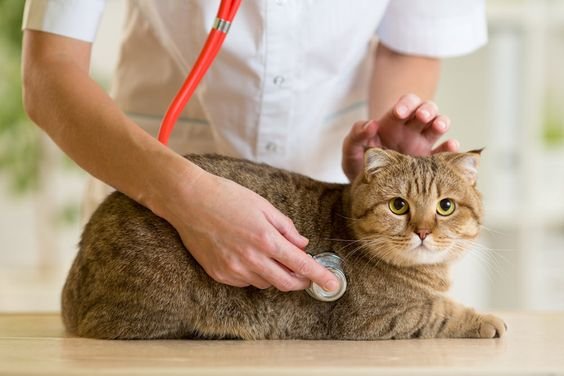Understanding Cats’ Blood in Stool: Causes and Concerns
Blood in a cat’s stool, also known as hematochezia, can be a concerning sign for cat owners. It is essential to pay attention to any changes in your cat’s bathroom habits and seek prompt veterinary attention if you notice blood in their stool. In this article, we’ll explore possible causes of blood in a cat’s stool and what actions you should take if you observe this symptom in your feline companion.
1. Potential Causes of Blood in Stool
There are several reasons why a cat may have blood in its stool:
- Dietary Changes: Abrupt changes in your cat’s diet can cause gastrointestinal upset and result in blood in the stool.
- Parasites: Intestinal parasites such as worms or protozoa can irritate the intestinal lining, leading to blood in the stool.
- Inflammatory Bowel Disease (IBD): IBD is a chronic condition that can cause inflammation and ulceration of the gastrointestinal tract, leading to blood in the stool.
- Colitis: Colitis refers to inflammation of the colon, which can be triggered by various factors and may result in bloody stool.
- Constipation: Straining during bowel movements due to constipation can cause tiny tears in the rectum, resulting in blood in the stool.
- Infections: Bacterial, viral, or fungal infections in the gastrointestinal tract may lead to blood in the stool.
- Foreign Objects: Ingesting foreign objects or substances that irritate the intestinal lining can cause blood in the stool.
- Polyps or Tumors: Growths in the gastrointestinal tract can cause bleeding and may be associated with blood in the stool.
2. When to Seek Veterinary Attention
If you notice blood in your cat’s stool, it’s essential to take the following steps:
- Observe the Stool: Take note of the color and consistency of the blood and whether it appears to be mixed with the stool or coating the outside.
- Check for Other Symptoms: Monitor your cat for other signs of distress, such as vomiting, diarrhea, lethargy, or changes in appetite and behavior.
- Contact Your Veterinarian: If you observe blood in your cat’s stool or any other concerning symptoms, contact your veterinarian immediately. They can perform a thorough examination, conduct diagnostic tests, and determine the underlying cause.
3. Diagnostic Tests and Treatment
To identify the cause of blood in the stool, your veterinarian may conduct various diagnostic tests, such as fecal analysis, blood tests, x-rays, or ultrasounds. The treatment plan will depend on the underlying cause and may include medication, dietary adjustments, or other interventions to address the specific issue.
4. Preventive Measures
While not all cases of blood in a cat’s stool can be prevented, you can take some measures to support your cat’s digestive health:
- Consistent Diet: Avoid sudden changes in your cat’s diet, and opt for high-quality cat food that meets their nutritional needs.
- Regular Parasite Control: Ensure your cat receives regular veterinary check-ups and appropriate parasite prevention treatments.
- Hydration: Encourage your cat to drink plenty of water to maintain proper hydration and support gastrointestinal health.
Blood in a cat’s stool should never be ignored, as it may be an indication of an underlying health issue that requires prompt attention. Contact your veterinarian if you notice this symptom or any other concerning signs in your cat. Early detection and appropriate treatment can help ensure your feline friend’s well-being and prevent further complications.


